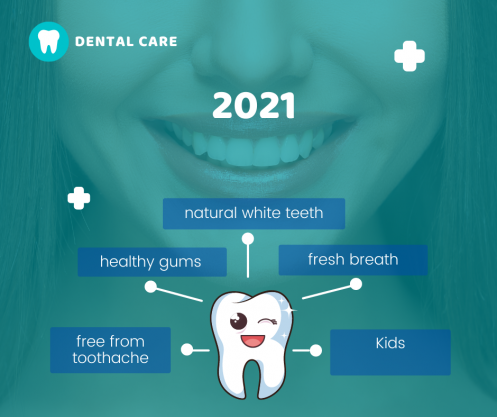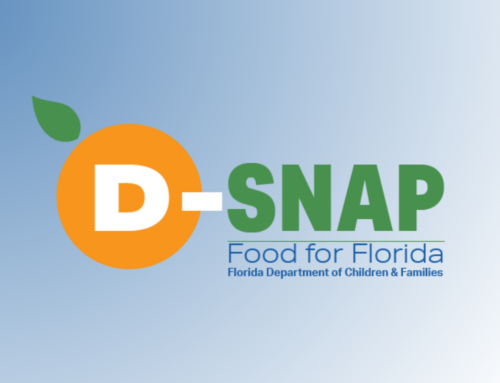October is National Dental Hygiene Month
by Irwin J. Kash, MD
Dental cavities, also known as caries are caused by the outer layers of teeth decaying. They are the most common chronic disease of childhood affecting almost 1/2 of children between 6 and 9 years old. Left untreated, it can cause infection in the area nearby the mouth, needless pain, difficulty chewing which may compromise their nutrition and slow their development.
The disease is caused by specific bacteria. Infants acquire these bacteria by 1 1/2 to 2 1/2years of age and earlier if siblings and particularly mothers have cavities. When cavities are obvious in moms, they should not kiss their child on the mouth to avoid spread. Prolonged bottle or breast feeding at a meal or frequent snacks especially with sugary substances provides the nutrition for the bacterial growth. A child should never be put to sleep with a bottle or walk around with one. Drinking from a cup should begin between 12-15 months of age. If breast feeding occurs beyond then in a child with teeth, the mouth should be wiped out with a moist cloth after the feed.
Fluoride can be used to prevent cavities. It should not be used if the Health Department advises that there is adequate fluoride in public supplies or in whatever fluid is drunk. Too much fluoride can cause white streaks and discoloration in teeth. If fluoride is removed by home devices, then a supplement should be considered. A professional should make the decision. Children should start using toothpaste with fluoride when they are 2 years old with a professional’s consent. For kids under 6 years old a small pea-sized amount of toothpaste may be used. Flossing should start when your child has 2 teeth that touch, often around ages 2 to 3. The dentist may decide that a sealant to protect the molars are needed. Routine dental cleaning by a dental hygienist and exam by a dentist should occur throughout life every 6 to 12 months.
Peace,
Irwin J. Kash, MD








